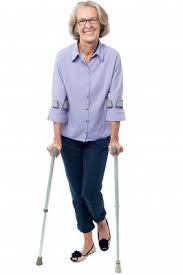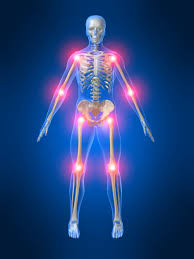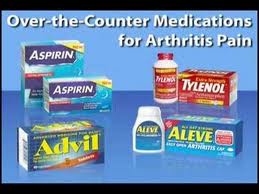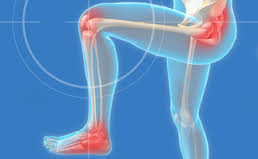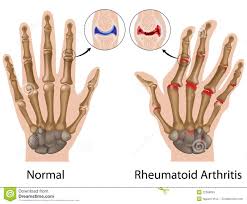the importance of getting early treatment for Rheumatoid arthritis pain and inflammation.
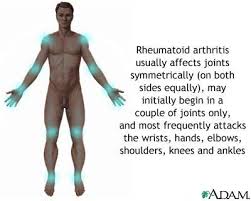
When diagnosed with rheumatoid arthritis, many patients instinctively prepare for a life filled with pain. Yes, this may be true in some cases. However, a growing number of rheumatologists now believe that this form of arthritis can literally be stopped in its tracks. According to the popular Arthritis Today magazine, this is a growing theory. So, what does it mean for you?
If you suspect you are suffering from arthritis, it is important to seek immediate medical care. Common symptoms of rheumatoid arthritis include joint pain, inflammation, swelling, stiffness, trouble sleeping, and decreased mobility. Treatment options do vary, but a proper diagnosis is key.
There are over one hundred different types of arthritis. Although the treatments are similar, a diagnosis is important. Start with your primary care physician. He or she may later suggest you visit an arthritis specialist, also commonly known as a rheumatologist.
Treatment options for rheumatoid arthritis typically include over-the-counter pain medication. This is to lessen the severity of the pain. Unfortunately, this relief is short lived. That is why many prescribe medication. When taken overtime, these medications work to combat arthritis. As for the importance of early treatment, the Arthritis Today magazine highlighted a study performed on the drug Humira. It showed that those diagnosed early were more likely to enter into remission in as little as two years!
Another important aspect of treatment is exercise. Excessive use of the troublesome joints can trigger pain. For that reason, patients need to start slow. For instance, a patient suffering from arthritis of the fingers should move and stretch their fingers daily.
Low impact exercises can relieve joint stiffness and lessen the likelihood of deformities. While pain is likely to increase at first, the more a joint is safely used, the more relief and freedom of movement you are likely to see.
In addition to exercise, healthy eating is important. Combined, the two should result in weight loss. Not all arthritis sufferers are overweight, but some are. This increases pain, as the extra body weight applies more pressure to joints.
With some patients, the pain is trigged by certain foods. Most see success by eliminating or reducing meat and dairy intake. In terms of natural remedies, nothing is scientifically proven, but as we discussed in a previous issue many patients report relief after consuming pineapples, cayenne pepper, raw cabbage, and cold-water fish.
As for why early treatment is important, it slows the progression of the disease. Juveniles are the only individuals likely to outgrow rheumatoid arthritis. For adults, the disease will only progress and get worse, especially without treatment. The health complications are far too great to not do everything you can to help prevent progression and health complications that may lead to severe limitations, disability, loss of mobility, and even deformities.

